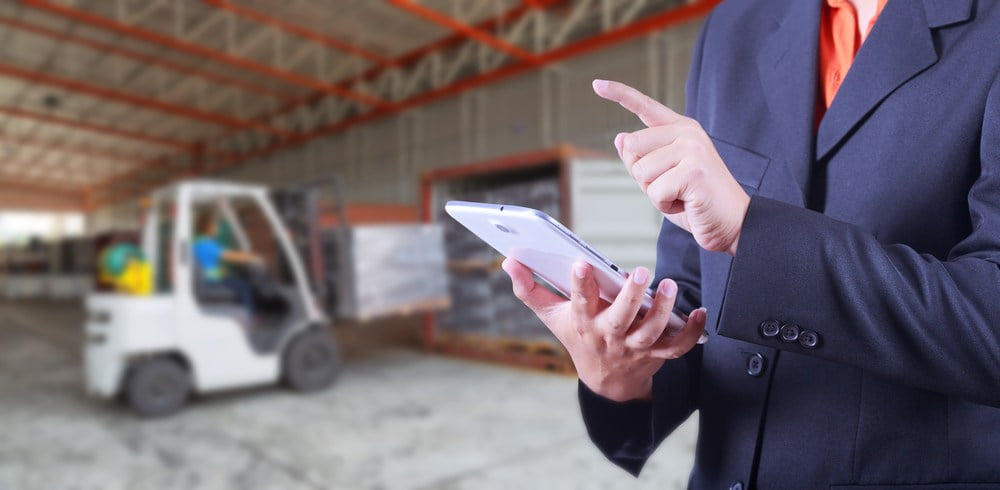Warehouses have seen many changes in the last few decades. From automated solutions replacing manual processes to electric forklifts replacing gas-powered forklifts, to apps and GPS tracking, the modern warehouse has embraced modern technology. There have also been a few not so obvious advancements that have made a big impact on warehouses. Here are some examples of modern technology in the warehouse:
Voice technology – Voice technology uses speech recognition to allow employees to communicate with their existing warehouse management system. Employees use a wireless, wearable computer with a headset and microphone to receive instructions by voice as well as confirm their actions back to the system. This technology frees up an employee’s hands and eyes, thus improving efficiency, accuracy, and safety.
Waveless picking – Waveless picking is software in a warehouse management system that automatically allocates labor to orders. Rather than assigning work in a single wave, orders are released in real-time. If one area falls behind another, employees from another area that is further ahead can be dynamically shifted to the area behind. This system allows a warehouse to be more nimble and agile, creating a more efficient warehouse.
LED lighting – LED (light-emitting diode) lighting has emerged as alternative to fluorescent lighting. LED lighting last ten times as longer as fluorescent lighting and does not emit heat. More importantly, LEDs uses less power yielding large savings on utility bills. In addition, sensors in LEDs can control light level in different areas of a warehouse. LEDs allow lighting to be a controllable cost as opposed to a fixed expense on a P&L.
A full site evaluation of your warehouse will allow a determination of which technologies can be targeted to your needs in order for your work space to be safer, more efficient, and ultimately less expensive.

